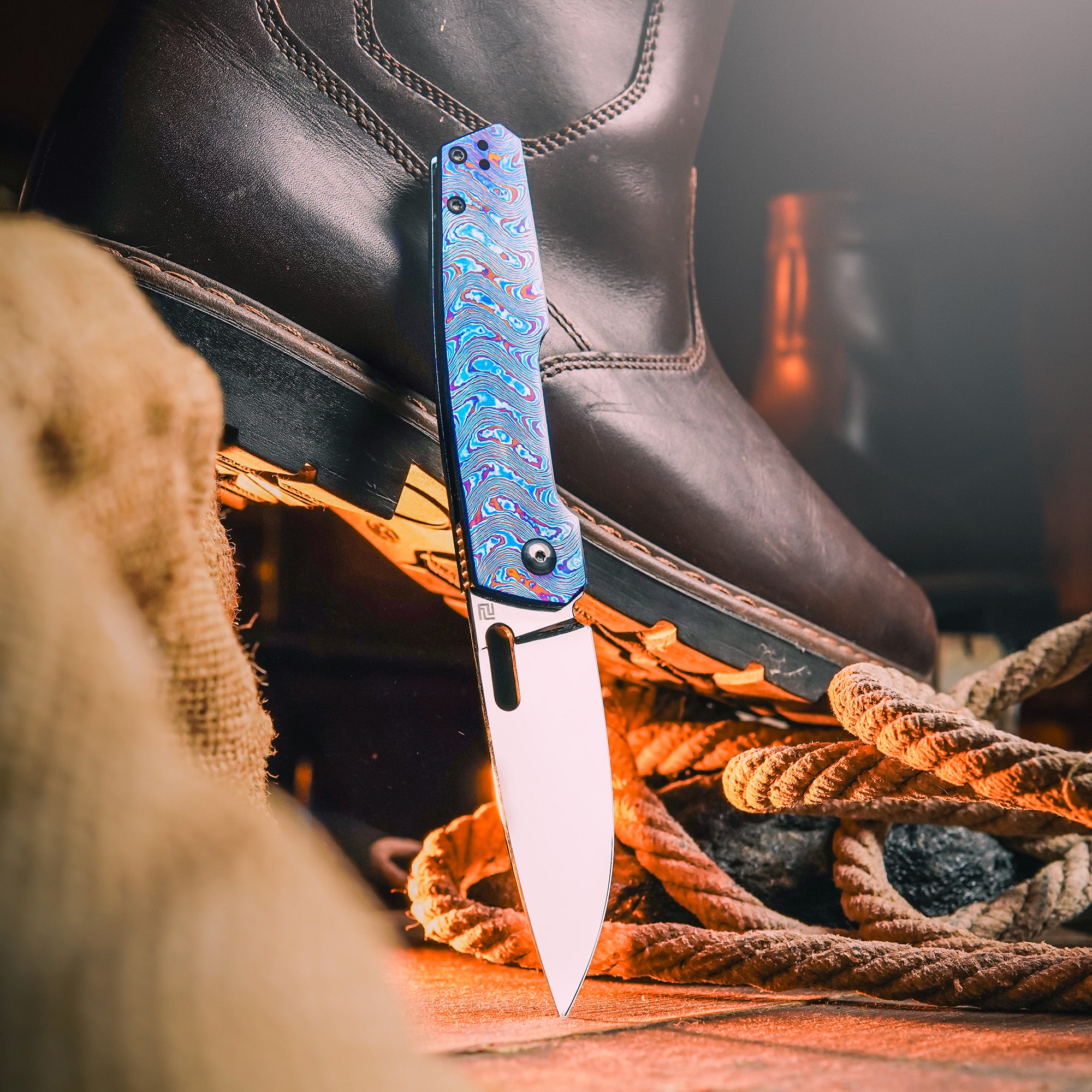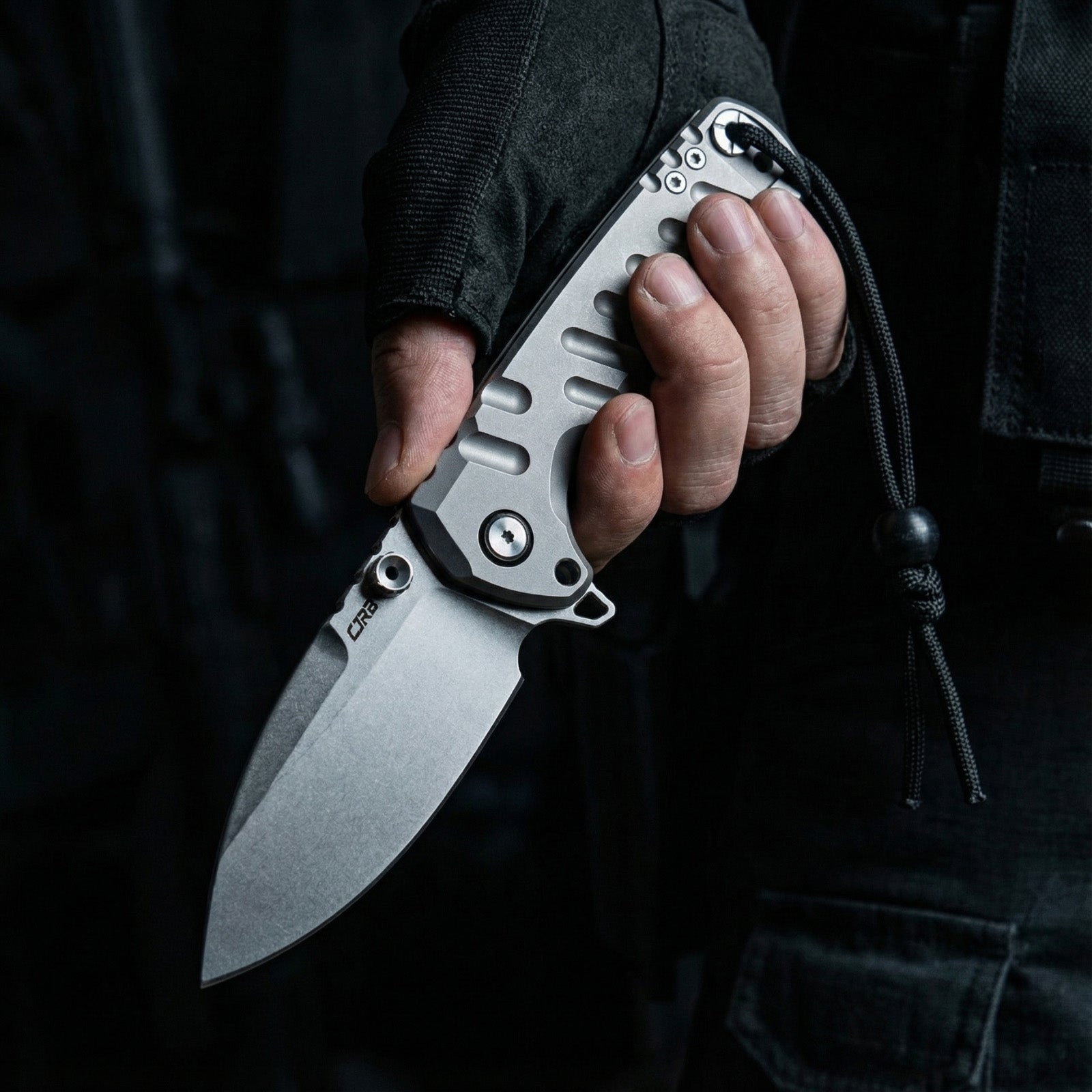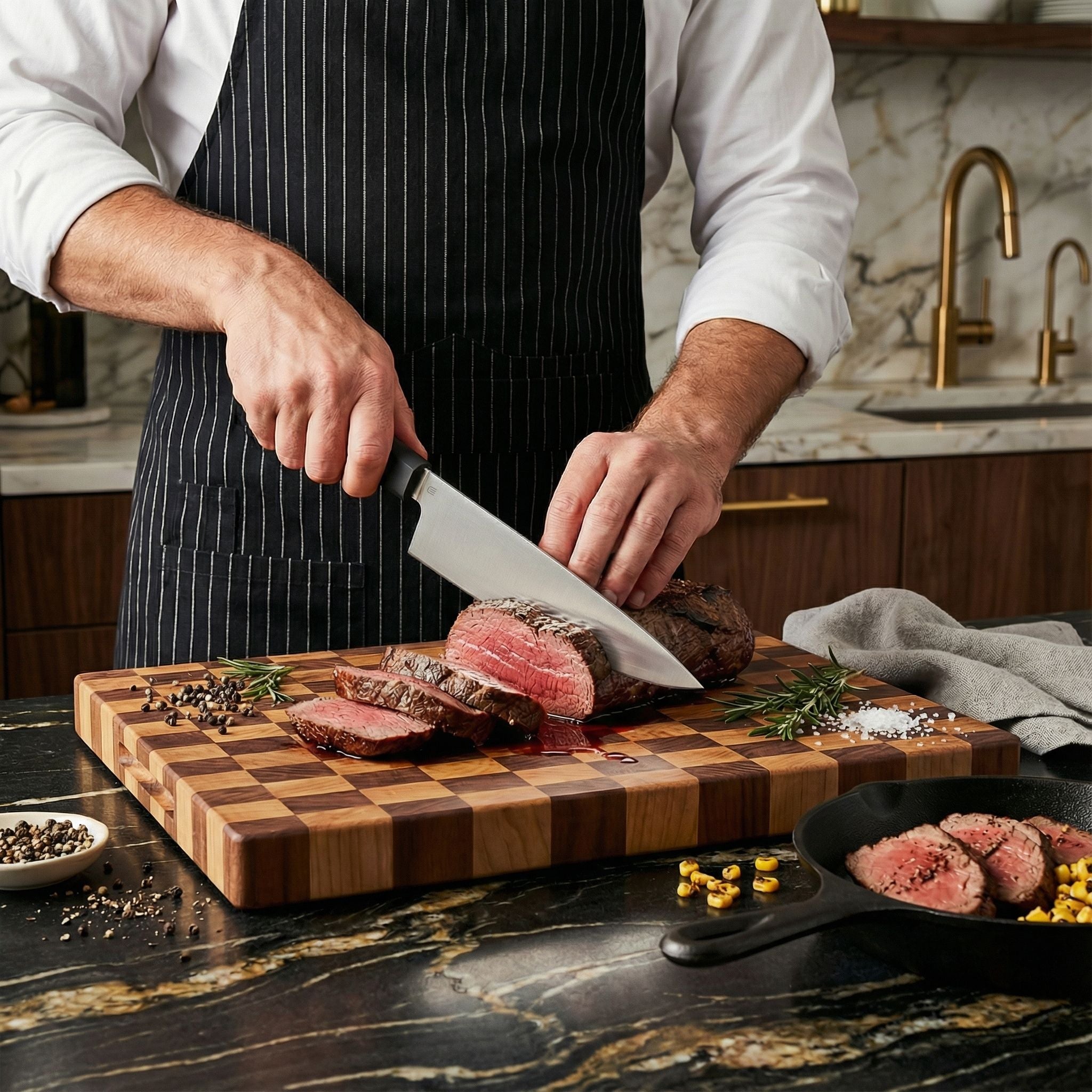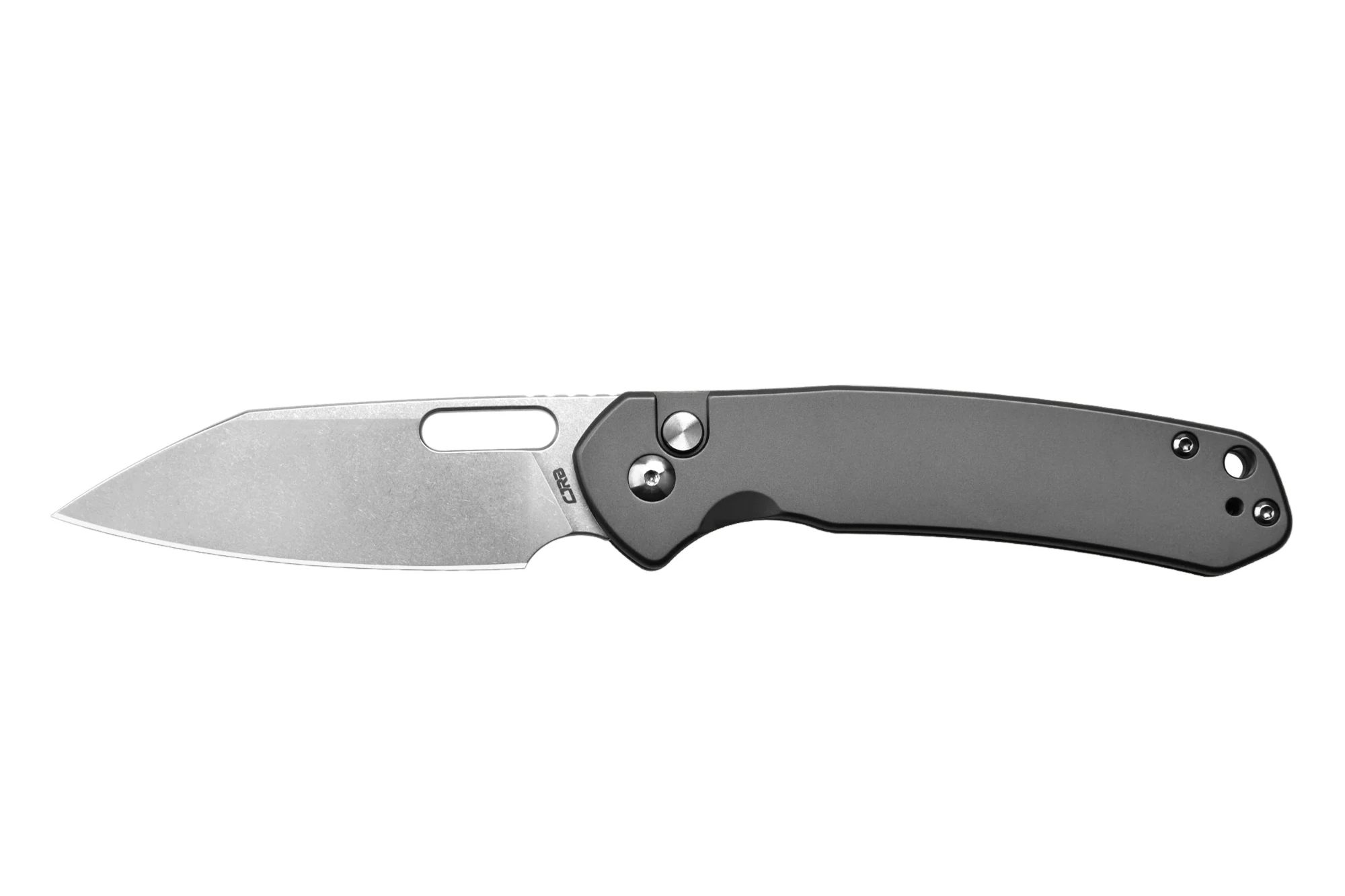Quick Answer: It depends. Bringing a knife backpacking can provide useful functionality in certain situations, like preparing food and firewood, making repairs, building shelters, and first aid. A knife may also empower you psychologically to feel more self-reliant in the wilderness. However, for many backpackers, the utility is limited on typical trips. The risk of injury, concerns about proper teaching of safe knife skills, and regulations banning knives in some areas are also reasons you may want to leave it at home.
Introduction
Backpacking is an exciting adventure activity that allows you to explore nature while carrying everything you need on your back. As you plan your backpacking trip, your gear list may include a portable stove, sleeping bag, water filter, and first aid kit. But do you really need to bring a knife? Here's an in-depth look at the pros and cons of carrying a knife when backpacking.
Why Carry a Knife Backpacking?
Potential Utility
A knife can come in handy in various situations when you're miles from civilization. Here are some of the potential uses:
- Preparing kindling and firewood. A fixed-blade knife with a 2 to 5-inch blade can make quick work of processing tinder and firewood for your campfire. Using a batoning technique, you can split logs and branches by tapping the spine of the knife with a stick. This allows you to customize fuel for different fire needs, from tinder to cooking to warmth.
- Food preparation. You'll need to slice hard cheeses and sausages for hiking snacks. A pocket knife is perfect for cutting up vegetables like carrots, celery, and potatoes for soups and meals. The blade allows you to easily open vacuum-sealed food packages. A sharp edge also makes peeling the skin off fruit like apples and pears quick and easy for healthy trail snacks.
- Gear repairs. Should a tent pole snap from the wind or a pack strap tear after getting caught on a branch, a sturdy knife can help make emergency repairs to keep you sheltered and mobile. You can use the blade to cut replacement cords or strapping from spare fabric to repair broken gear.
- First aid. Cleaning and dressing wounds in the backcountry can be aided by a sharp blade. You can use it to gently remove debris or cut away clothing from around wounds. It's also handy for extracting splinters or ticks embedded in the skin.
- Emergency shelter. Building a makeshift shelter from tree branches or cutting blocks of snow for an igloo-style shelter often requires a knife. If you need to urgently build an emergency shelter, having a knife on hand gives you the ability to harvest branches and saplings to construct a lean-to or debris hut.
- Protection from animals. While animal attacks are rare, brandishing a sturdy knife can help deter aggressive bears, mountain lions, coyotes, or other wildlife. It should only be used as an absolute last resort for defense against creatures that decide to attack.

Survival Situations
In an emergency survival scenario, such as getting lost or injured miles from the trailhead, a knife takes on even greater importance. If you become stranded for days before the rescue, a knife may be critical to your survival. Being able to craft rudimentary tools like spears or arrows, build robust shelters from forest materials, make friction fires, harvest edible plants, dress wild game, and more could be lifesaving until you find your way back to civilization. Having a quality knife at your side can provide peace of mind and a sense of empowerment to overcome dire challenges in the wilderness.
Weight and Space Savings
Carrying a single tool that provides cutting, chopping, splitting, shaving, and carving functions means you don't have to pack multiple tools to accomplish different tasks. A knife won't take up much room or add much weight to your backpack. Lightweight models made from high-quality materials that weigh 2 to 5 ounces are widely available. Going without a knife may not make a significant dent in the overall weight of your pack. But not having the utility of a blade could make your backpack feel under-equipped.
Reasons to Leave the Knife Behind
While knives can be useful in the backcountry, solid arguments exist for leaving them at home.
Low Utility
Many backpackers admit to rarely or never actually using their knives during typical trips. Meals are usually lightweight backpacker fare that requires minimal cutting or preparation with a knife. Modern lightweight tents, sleeping pads, and packs are engineered with durable materials that don't often necessitate field repairs. And there is little opportunity or need for intensive wood processing while hiking or in camp. So if you don't realistically use it much, it may not be worth packing the extra weight.
Risk of Injury
Carrying a knife does introduce the risk of accidental injury to yourself or others in your group, especially in slippery or dark conditions. Lacerations and puncture wounds many miles from medical care can quickly become serious or even life-threatening. Transporting a knife securely when not in use and handling it very carefully at all times requires attention and discipline. For some, eliminating this potential risk altogether by leaving the knife behind may be the smarter choice.
Not Allowed in Some Areas
Regulations in certain designated wilderness areas, national parks, and trails prohibit carrying knives or limit blade length. For example, the Great Smoky Mountains National Park restricts knife blades to less than 4 inches. Shenandoah National Park bans the possession of knives with blades longer than 3 inches. Do your research beforehand so you don't have to surrender your knife or have it confiscated by rangers.
Teaching Leave No Trace
If you're backpacking with inexperienced young companions, giving them a knife can be problematic. You'll need to devote time and effort to teaching Leave No Trace principles and safe knife handling etiquette. Children must be closely supervised at all times when using a knife to avoid habitat damage and injury. For adult groups with minors, it may be simplest if only the adults carry knives.

What to Look for in a Backpacking Knife
If you decide to take a knife backpacking after weighing the pros and cons, choose your knife wisely. Here are key factors to consider:
Fixed Blade or Folder
A full tang fixed blade knife is stronger and better suited to heavy-duty tasks like batoning wood. Folding knives provide more compact transport and are fine for most camp cutting chores but may not stand up to excessive lateral forces during use. Locking blades are safer than traditional slip-joint folding knives when in use.
Blade Length
Shorter blades are easier to control and transport on the trail. But very small knives compromise utility. Ideal backpacking knife blades are typically 3 to 5 inches long. Anything longer than 5 or 6 inches is unnecessary extra weight and bulk without providing much additional function.
Blade Design
A drop point or clip point blade with a fine, straight edge is preferable to serrated or jagged edges. Serrations tend to snag when slicing through materials like rope, clothing, and food packets. Straight edges yield clean cuts without fraying or shredding.
Blade Steel
Durable high-carbon stainless steel offers maximum resilience and edge retention but requires more care. Coated high-carbon steels add corrosion resistance during wet conditions. Stainless steel needs lower maintenance but is generally less robust for hard use.
Full Tang
A full tang means the metal of the blade extends fully through the handle as one solid piece. This provides greater strength and stability for heavier tasks like splitting wood compared to partial tang blades.
Ergonomic Handle
Look for a handle design that fits your hand comfortably, with a grippy texture for control. Waterproof and shock-absorbent handles are ideal for rainy, cold conditions. Materials like micarta, ABS, fiberglass, and molded plastic are preferable over wood or steel handles.
Compact Size
Don't pack a large Bowie knife or machete for backpacking. Seek out compact fixed-blade knives or pocket folders in the 3-to-5-inch range. Lightweight materials help minimize the burden.
Protective Sheath
The sheath should completely contain the blade and allow for safe and secure carry on your belt or pack. Look for good retention to keep the knife from slipping out accidentally.
Final Words
With the right knife and careful practices, you can enjoy the utility a knife brings without extra risk. But it's also perfectly reasonable to leave it behind in favor of a simpler, safer trip when the benefits don't outweigh the drawbacks for your specific trip. Assess your particular skills, needs, and risk tolerance as you decide whether to take a knife backpacking.










Leave a comment
All comments are moderated before being published.
This site is protected by hCaptcha and the hCaptcha Privacy Policy and Terms of Service apply.